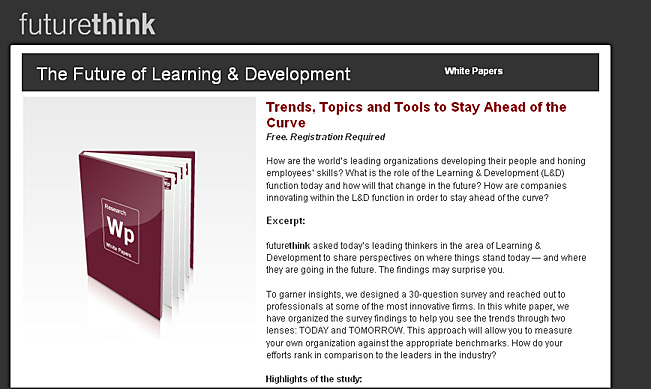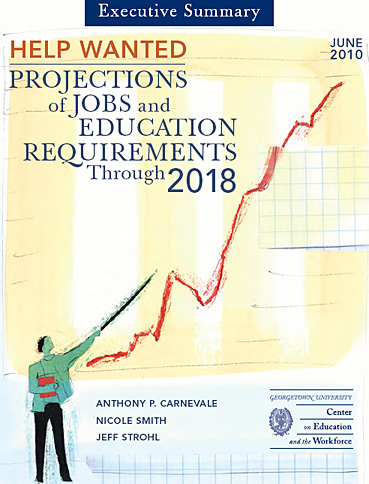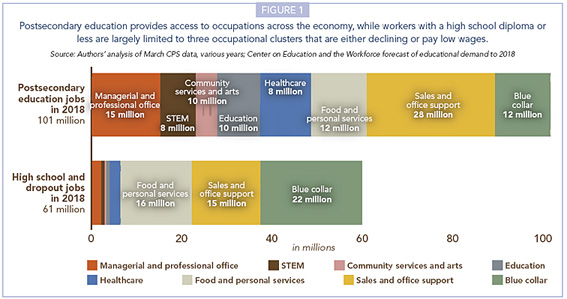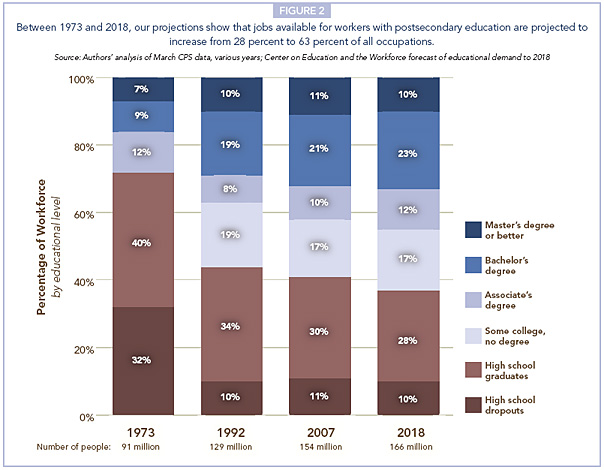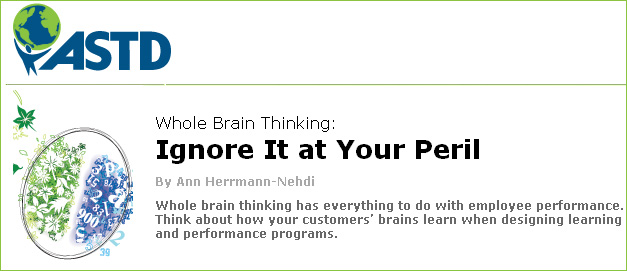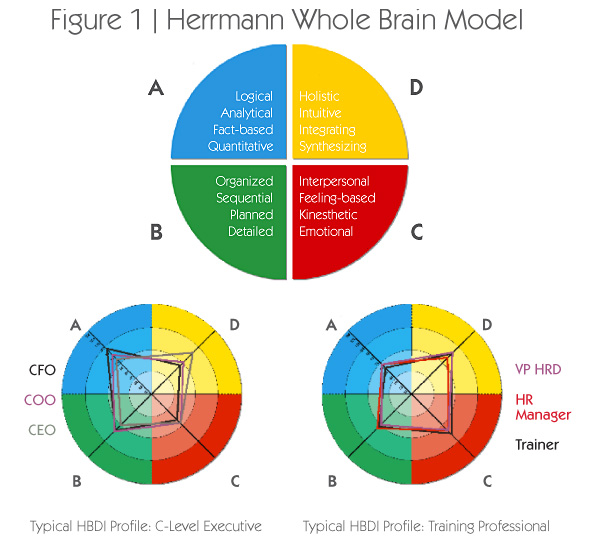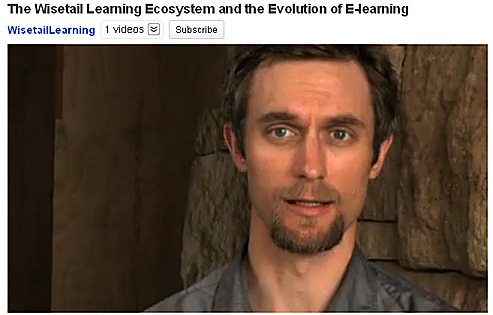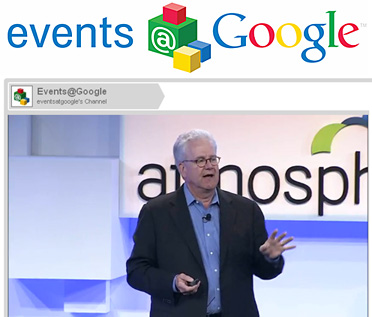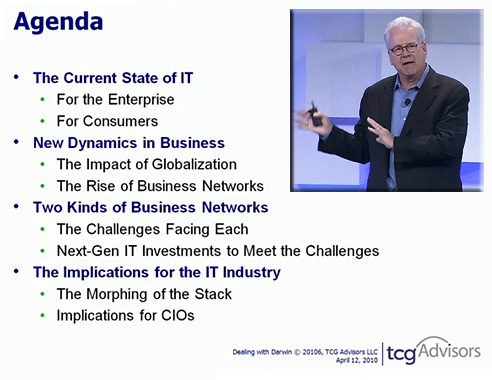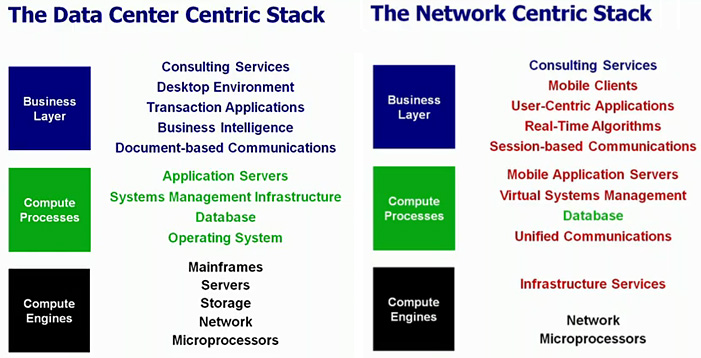Learning TRENDS by Elliott Masie – June 29, 2010.
#628 – Updates on Learning, Business & Technology.
54,994 Readers – http://www.masie.com – The MASIE Center.
Host: Video for Learning LAB – July in Saratoga Springs.
1. Video Internal Sites: Business “YouTube”. <– see below
2. iPad Only Trips – Lessons Learning.
3. Lori Aiken from MTV on Talent in Their 20’s.
4. Learning 2010 Early Discount – Last 2 Days!
1. Video Internal Sites – Business “YouTube”: As the use of video for internal learning and knowledge within organizations grows, there is a growing desire to have a “Business YouTube” site behind the firewall. Organizations are approaching this task quite divergently. Here are a few of the strategies that we are tracking:
– Implementation of Dedicated Video Site:
Some organizations are building or buying systems that are dedicated to the storage and publishing of video. We recently experimented with Cisco’s Show and Share as an example of this approach. The systems provide the ability for colleagues to submit (and sometimes even edit) video for approval. There are also social media functions that allow for ratings, comments and re-distribution of the video.
– Use of Collaborative Platform:
Other organizations are building their internal video collections in collaborative environments such as SharePoint. I’ve seen a few groups re-aggregate video from multiple SharePoint sites into a common front end that has a YouTube functionality and look and feel.
– LCMS Based Video Hosting:
Another route is to use the native or extended functionality of the Learning Content Management Systems as a video hosting site. LCMS and LMS vendors are adding features and layers to their Learning Systems to manage video segments.
The MASIE Center is tracking this shift quite closely. Watch for several new systems and capabilities to arise in the near future. For example, organizations that are using Google Apps will have the original feature sets of YouTube at their disposal. And, other groups are working on video that will play easily on a wide range of mobile devices. Note: This topic is addressed at our upcoming Video for Learning LAB.









